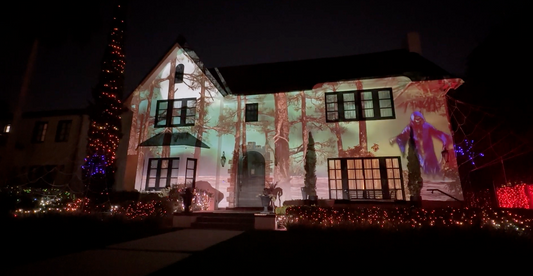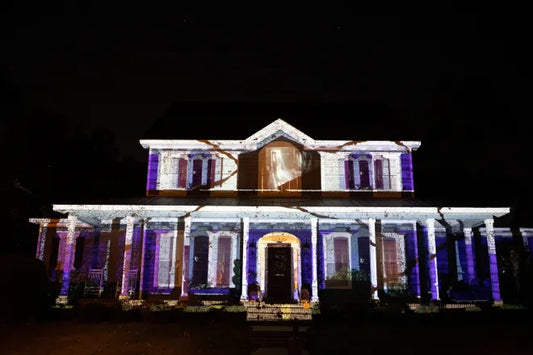Projection mapping, also known as spatial augmented reality, is a technology that transforms any surface or object into a dynamic display. This powerful tool has revolutionized the way we experience visual media, providing limitless possibilities for creative expression and storytelling.
So, what exactly is projection mapping and how does it work? In this blog, we will delve into the basics of projection mapping, exploring its origins, uses, and techniques.
What is Projection Mapping?
Projection mapping is a projection technology used to turn any surface or object into a dynamic display. This process involves the use of specialized software and hardware to create a virtual map of the projected surface or object. Once the virtual map is created, it can be used to project digital images or videos onto the surface, effectively transforming it into a canvas for visual content.
Unlike traditional projection, which typically involves projecting onto a flat screen or surface, projection mapping can project onto any surface, regardless of its shape or texture. This allows for a range of creative possibilities, from transforming a building façade into a vibrant art installation to turning a car into a moving billboard.
How Does Projection Mapping Work?
Projection mapping works by creating a virtual map of the surface or object to be projected onto. This process involves taking precise measurements and creating a 3D model of the surface, which can then be used to accurately project the desired images or videos.
To create the virtual map, specialized software is used to analyze and interpret the surface or object being projected onto. This software can take into account a range of factors, such as the surface texture, shape, and lighting conditions, to ensure that the projected content appears seamless and visually appealing.
Once the virtual map is created, the desired images or videos can be projected onto the surface or object using a high-quality projector. The projector must be carefully calibrated to ensure that the projection aligns perfectly with the virtual map, creating a seamless and immersive visual experience.



